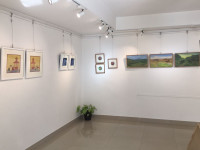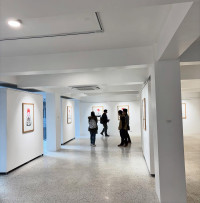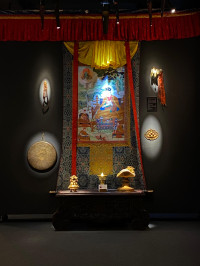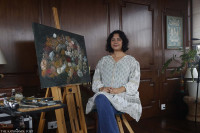Arts
Eight artists, infinite interpretations
‘Let There Be Light’ at Chitra Art Centre explores the many meanings of light, celebrating its physical, spiritual, and symbolic aspects.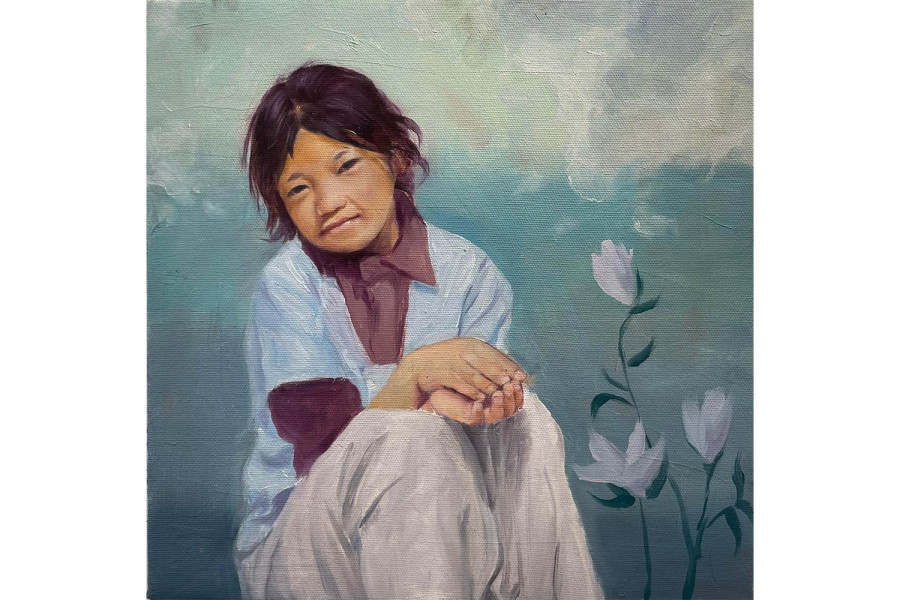
Timila Maharjan
Light has long been a symbol of hope, wisdom, transformation, and divinity in human culture. The group exhibition ‘Let There Be Light’, currently showcased at the Chitra Art Centre, combines diverse artistic expressions that explore this universal theme in innovative and thought-provoking ways.
With 26 artworks by eight artists—three international and five Nepali—the exhibition offers a rich tapestry of interpretations through various mediums, including paintings, sketches, photographs, and calligraphy. The artists behind the exhibitions are Divas Bajracharya, Anjali Tamang, Sajjad Hussein, Rianne Wiggers, Riddhima Kunwar Chhetri, Gaurav Tamang, Sanghamitra Bajracharya and Pauline Driard.
The exhibit is curated by Shanti Nepali, who shares that the idea emerged as a celebration of Tihar. “As the festival approached, we thought, why not organise an exhibition that delves into the theme of light in all its dimensions?” she says. The result is a vibrant display of creativity that explores light’s physical, metaphorical, and spiritual aspects, drawing connections to personal experiences, cultural traditions, and societal reflections.
The exhibition begins with a series of paintings by Divas Bajracharya, who interprets light through the lens of Sigmund Freud’s psychoanalytic theory of Id, Ego, and Superego. His work suggests that only by relinquishing the ego can one truly grasp the essence of light. Bajracharya’s paintings are layered with symbolism, inviting viewers to reflect on their inner struggles and the pathways to enlightenment.
Contrasting Bajracharya’s philosophical approach, self-taught artist and dancer Anjali Tamang brings her work a vibrant and dynamic energy. Her paintings depict overlapping female figures in fluid, almost ethereal motion rendered in vibrant hues. Tamang’s art celebrates femininity, movement, and the vibrant life force that light embodies.
This exhibition marks the first public showcase for several Nepali artists featured in ‘Let There Be Light’. It has allowed fresh voices to contribute alongside seasoned artists, creating a diverse collection.
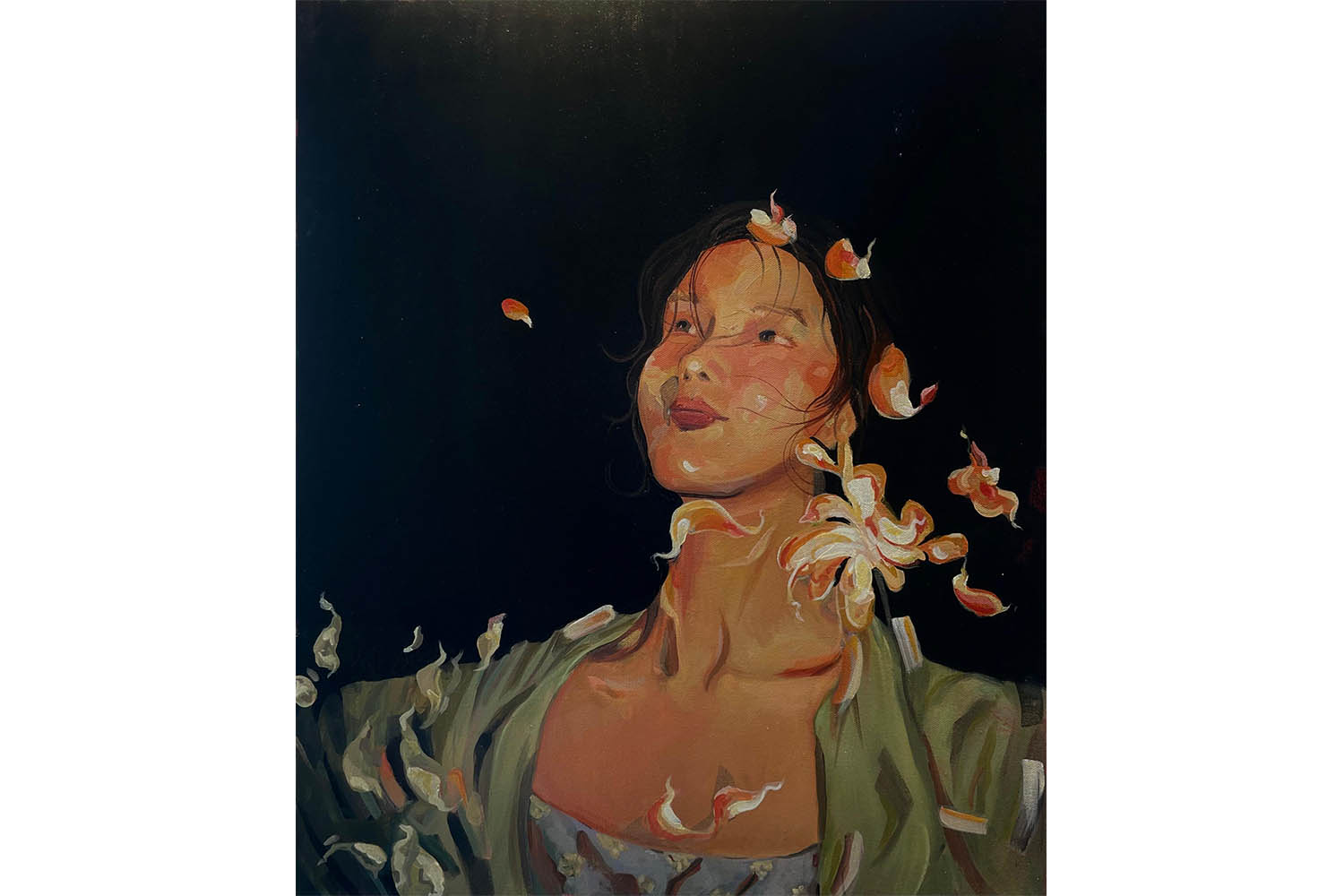
Bangladeshi photographer Sajjad Hussein offers a personal photo series. He says, “The photograph titled ‘Encounters in Kathmandu: Stories Written on Faces’ captures a moment I witnessed in the streets of Kathmandu. Wandering, I stumbled upon a man seated alone, lost in deep contemplation. His expression drew me in, a quiet mystery lingering in his gaze.” The photograph gained even more meaning when he learned that the elderly man was a long-time resident of Patan who dedicated much of his life to preserving its heritage. He passed away a few years ago, making the picture even more special. It now serves as a tribute, blending personal memory with the broader story of light connecting the past and present.
Dutch photographer Rianne Wiggers contributes an emotionally resonant series created during her mourning period. Her photograph ‘Together Forever into the Light’ features two birds soaring into golden sunlight, symbolising her enduring connection with her late husband. Wiggers’ other works explore light within cultural and ritual contexts, including a hauntingly beautiful depiction of Chhath Puja, where light in the form of oil lamps becomes a medium of devotion and hope. Her work exemplifies how personal grief can transform into universal art, connecting viewers through shared emotions.
Nepali artists offer deeply rooted interpretations of light within local traditions. Riddhima Kunwar Chettri’s ‘Mantramugdha’ captures the cyclical longing for Tihar, portraying the festival as an event, state of mind, and spirit. Her work also reflects on the passage of time, showing how embracing life’s transitions can lead to illumination.
Similarly, Gaurav Tamang’s series focuses on children as the light of the future. His portraits radiate innocence and optimism, emphasising the importance of nurturing the next generation to shape a brighter world. The faces of the children seem to glow with an inner light, a reminder of the potential within every young soul.
Sanghamitra Bajracharya (they/them) reflects on the loss of cultural traditions in the face of modernisation. Their intricate artworks feature traditional oil lamps embroidered with striking detail, symbolising the fading relevance of ancestral practices in a technology-driven world. Bajracharya’s narrative—their family’s move to the city and the gradual erosion of cultural authenticity—adds an autobiographical depth to her work. Their art becomes a call to preserve heritage and remember the roots that ground us.
French artist Pauline Driard’s Japanese and Chinese ink works provide a meditative contrast to the vibrancy of the other pieces. Created on watercolour and rice paper, her artworks reflect the therapeutic philosophy of creating art in a meditative state. Her exploration of light, water, and birds showcases the interplay between ink and water, emphasising serenity and balance. The process behind her work is as significant as the final product, aligning with the exhibition’s thematic focus on light as both inspiration and outcome.
The exhibition also focuses on spiritual and social dimensions. A series of photographs depicting child monks at Patan’s Golden Temple, titled ‘The Beacon of Innocence and Peace’, highlights the purity and simplicity associated with light. The tradition of selecting children under 12 as monks reinforces the theme of innocence as a pathway to enlightenment.
Another series connects light to devotion, featuring portraits of individuals across continents deeply immersed in their pursuits. These works suggest that dedication can be a guiding light, leading to fulfilment and purpose.
The exhibition concludes with ‘Hope’, a series documenting peace protests in Patan in solidarity with Palestine. These photographs resonate with the message of light as a symbol of peace and a beacon against darkness. The artwork serves as a reminder of the collective human yearning for a brighter, conflict-free future.
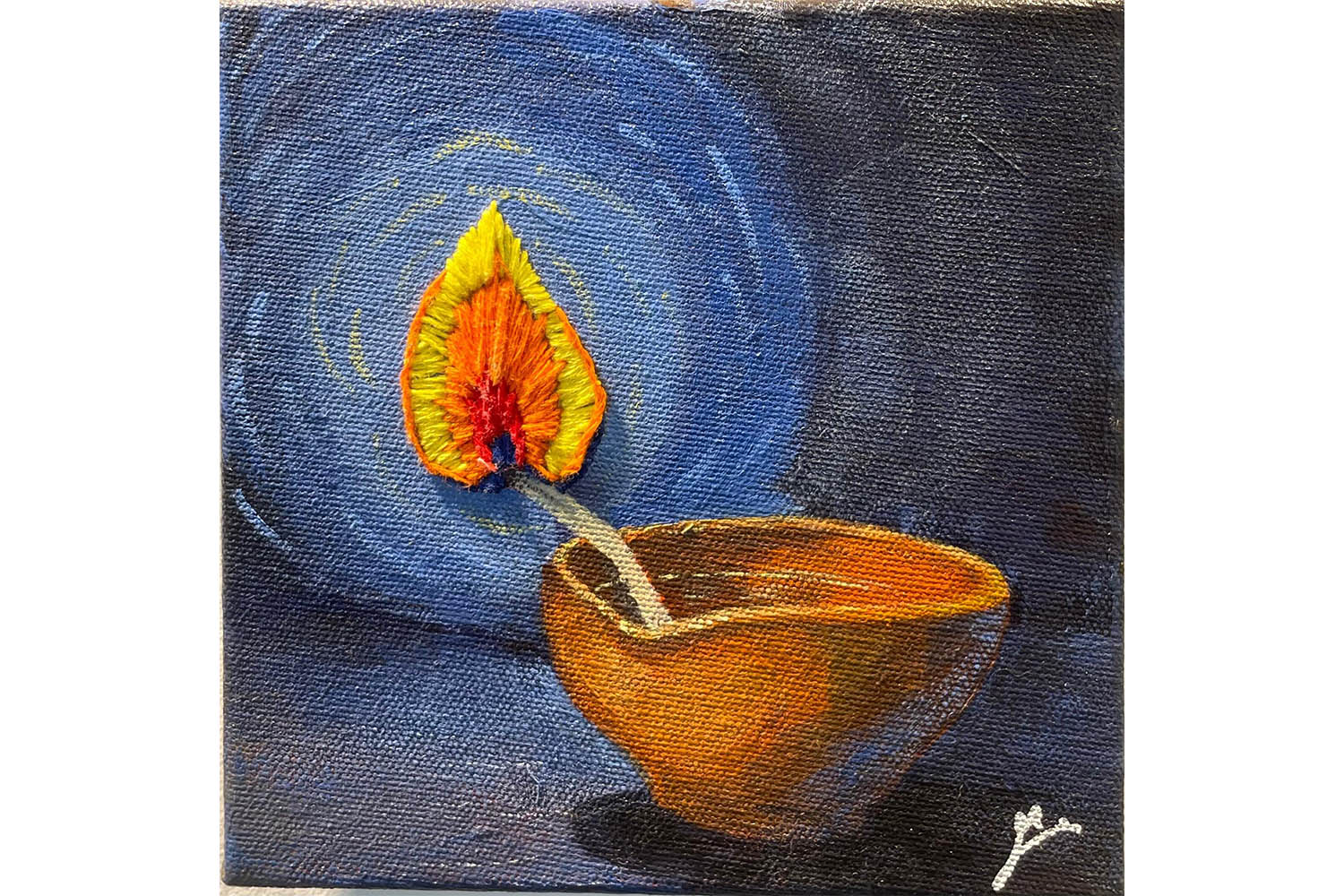
Beyond the Exhibition
Chitra Art Centre opened just two months ago and has become a vibrant hub for creativity and community. The rooftop serves as a space for artistic collaboration. At the same time, the centre offers free classes in painting, pottery, block printing, and music for government school students, making art accessible to all.
The centre also hosts musical gigs, blending visual and auditory experiences to create a cultural atmosphere. Beyond the arts, Chitra Art Centre runs a Free Legal Drop-In Center for Citizenship and Rights Advocacy, offering legal consultations every Monday and Saturday.
‘Let There Be Light’ celebrates light in all its forms. Each artwork reflects the theme uniquely, from personal reflections to cultural and social insights. The variety of styles and mediums creates a rich, interconnected experience for visitors.
This exhibition offers inspiration, introspection, and a deep appreciation for art’s transformative power. The centre has provided a space where emerging and seasoned artists come together. With thoughtful curation and an engaging programme, the centre highlights the theme of light and art’s ability to heal, connect, and inspire.
Let there be light
Where: Chitra Art Centre, Lazimpat
Until December 3
Time: Tuesday to Sunday: 12:00 pm to 8:00 pm
Entry: Free




 5.17°C Kathmandu
5.17°C Kathmandu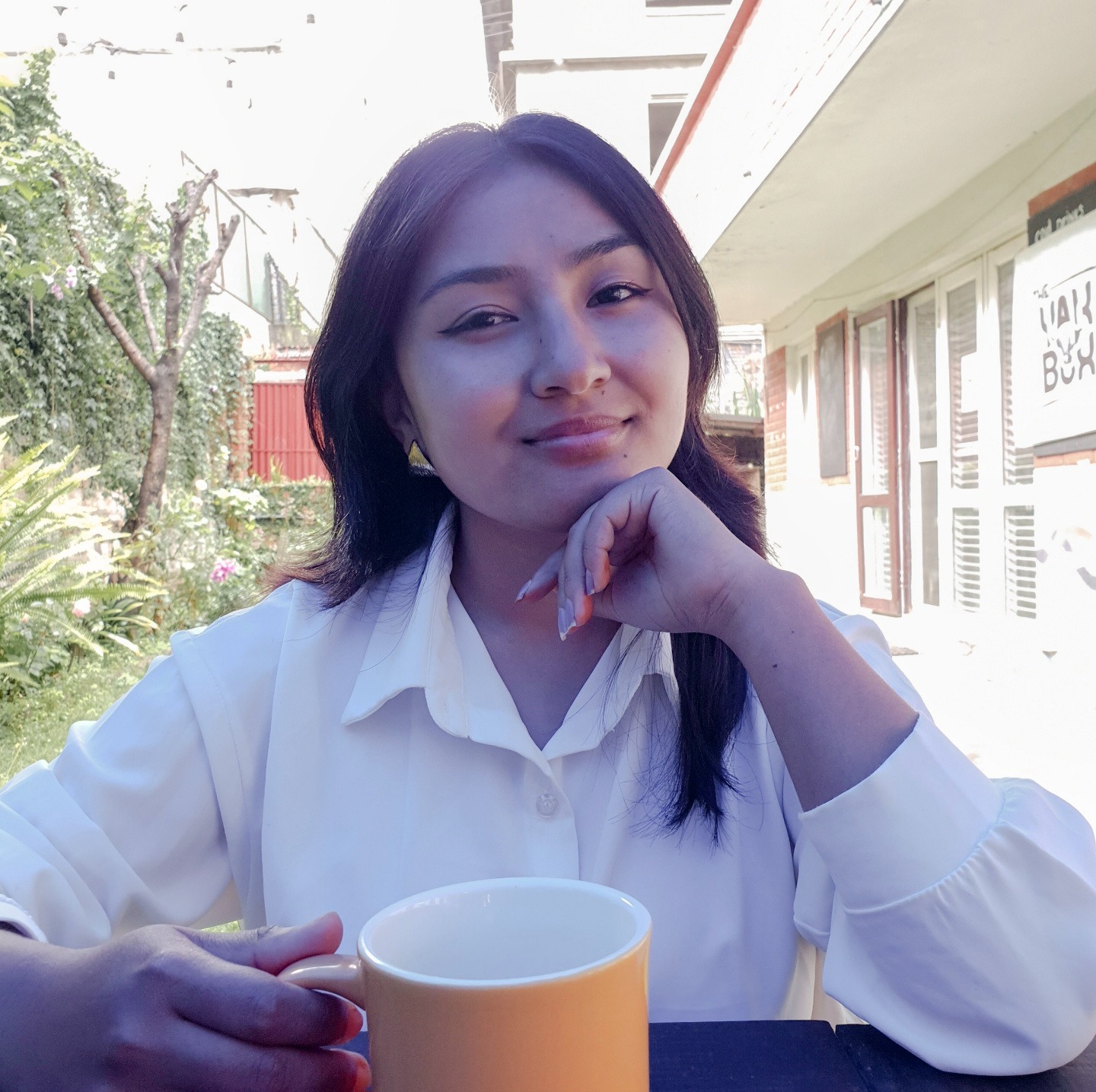
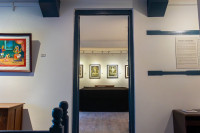
%20(1).jpg&w=200&height=120)
